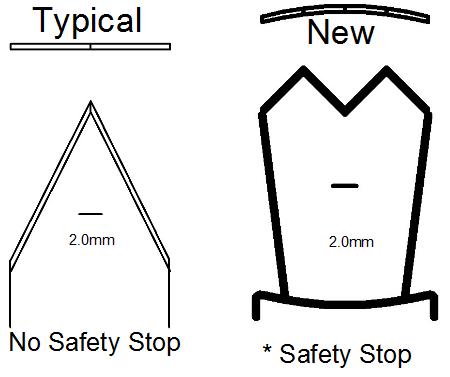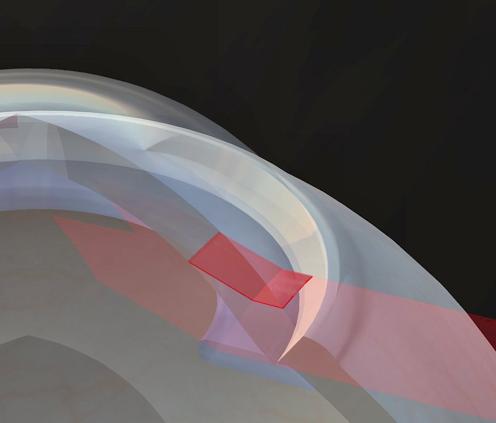Updated 18 Sep 11

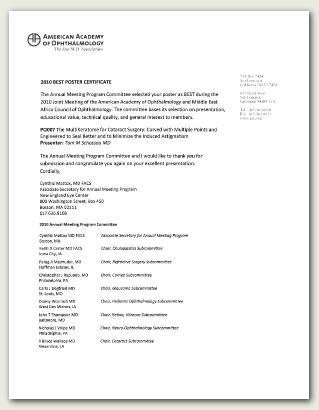
Larger View of Award Here
The Poster can be viewed Here
Designed by Arthur T. Beach IV
Edited/Printed by Lori K. Ball, FSI Administrator
FSI Director: Alumni Donor List
Baptist Medical Center (Narration by Alina Saras)
World Ophthalmology Congress, 5 - 9 Jun 10, Berlin
(download final program, pgs 111, 170)European Society of Cataract & Refractive Surgeons, 4 - 8 Sep 10, Paris
American Academy of Ophthalmology, 16 - 19 Oct 10, Chicago
European Society of Cataract & Refractive Surgeons, 18 - 20 Feb 11, Istanbul
American Society of Cataract & Refractive Surgery, 25 - 29 Mar 11, San Diego
Surgical Trial, 1 Apr 10 - near completion
Tell your Eye
Surgeon you want only the best!
Benefits for
Patients
- Incision computer-engineered
- to improve sealing and to minimize infections
- to minimize blurry vision (induced astigmatism)
- Keratome computer-engineered
- to prevent injury (with safety stop)
- to make more precise incisions (with markers)
Curved, Multi-Pointed Keratomes
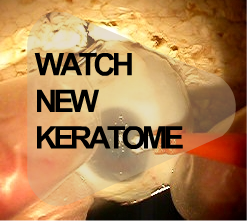 New
Keratome And Biplanar Incision. With this new
keratome, the curvature evenly separates the layers of a curved cornea,
and multiple tips multiply the work. Because the tip of the
blade creates the work in making the incision, two side-by-side
tips that are curved create a double flap on a single pass that are
connected which would be thinner for better sealing. Because
incisions are best made in one pass for the "cleanest" incision, a
principle in surgery, the geometry of this incision permits dual tips
to penetrate half the depth of the same width incision produced by a
single-tipped keratome. Incisions (biplanar-type or arcuate)
New
Keratome And Biplanar Incision. With this new
keratome, the curvature evenly separates the layers of a curved cornea,
and multiple tips multiply the work. Because the tip of the
blade creates the work in making the incision, two side-by-side
tips that are curved create a double flap on a single pass that are
connected which would be thinner for better sealing. Because
incisions are best made in one pass for the "cleanest" incision, a
principle in surgery, the geometry of this incision permits dual tips
to penetrate half the depth of the same width incision produced by a
single-tipped keratome. Incisions (biplanar-type or arcuate)
 can then easily be made safely with reduced risk of injury to the
central cornea while tunneling through the cornea in its entirety and
minimizing the induced astigmatism. The valley of the blade
and a scribe mark conveniently serve as 0.7mm and 2.0mm markers to
precisely measure the depth of the incision. A mechanical
safety stop is also added to prevent injury to the central cornea.
can then easily be made safely with reduced risk of injury to the
central cornea while tunneling through the cornea in its entirety and
minimizing the induced astigmatism. The valley of the blade
and a scribe mark conveniently serve as 0.7mm and 2.0mm markers to
precisely measure the depth of the incision. A mechanical
safety stop is also added to prevent injury to the central cornea.
Typical Keratome and Multi-Planar Incision. To understand the improvements of this new instrument, one must understand the current typical keratome and method. As you can see from the drawing of a typical flat, single-pointed blade and incision, the tip of the blade makes both the "horizontal" incision parallel to the iris plane and the internal flap, but a flat blade unevenly separates the layers of a curved cornea. Rotation of the blade's tip downward to enter the inside of the eye distorts the cornea by a lever action 2.0mm long and induces relatively more astigmatism because the shoulders of the blades are elevated closer to the central cornea and are still outside the cornea when making the straight-in incision through the cornea that is under 1.0mm thick. This common incision for typical blades creates a fish-mouthed incision that opens vertically and more closely to the central cornea, adding to the inducing astigmatism. According to a basic principle in surgery, the purpose of incisions is to mobilize tissue, which is intuitively seen to move perpendicular to the plane of the incision.
The keratome must rotate in a multi-planar incision. Because two points form the axis for any rotation, the two tips of this keratome conveniently serve as the axis for rotation. The valley between the two tips is V-shaped, completing the incision in the same way that an open pair of scissors cuts paper when pushed through it. As a result, the two tips of the blade create two thin flaps and the valley of the blade creates an inclined, connecting incision toward the central cornea. Together, the tips and valley create a corneal tunnel in its entirety.
Design Features. This curved, multi-pointed keratome was designed primarily to enhance two types of self-sealing mechanism for the best overall performance at both lower and higher intra-ocular pressures (IOPs) to prevent sight-threatening infections:
- Because the tips do the work in making the incision, two wide-angled tips (90 degrees) maximize the area of the "horizontal" and "vertical" parts of the incision.
- Combining these two tips with a blade that is curved like the cornea results in the thinnest-possible internal flap with the largest area.
Internal flaps of this kind, which are wider and more
uniformly thin,
act like a large sail on a boat, moving in response to the slightest
breeze (low IOP) to seal the incision. The current style of
flat,
single-tipped keratomes creates relatively narrow flaps that are
thicker on both sides due to the corneal curvature; such flaps respond
to any amount of pressure like a stiff diving board, providing
relatively greater resistance to movement and a smaller likelihood of
sealing the incision. (Compare CAD drawings below.)
CAD* Cutaway View. Typical, Flat, Single-Pointed Keratome makes a narrower and thicker internal flap that is uneven which is more resistant to close the incision from the internal pressure (like a stiff, diving board).
CAD* Cutaway View. New, Curved, Dual-Pointed Keratome makes a wider and thinner internal flap that is uniformly more even which moves more easily to close the incision from the internal pressure (like a large sail).
Summary. The
designed benefits of this curved, dual-pointed keratome in stainless
steel with biplanar incision are:
- Two adjacent and connecting flap incisions that minimize the depth of penetration and create a more uniform tunnel through the curved cornea
- Enhanced self-sealing abilities at both lower and higher IOPs
- Minimization of induced astigmatism
- Greatly increased efficiency, with modifications in the instrument making it possible to modify the procedure for the greater effectiveness
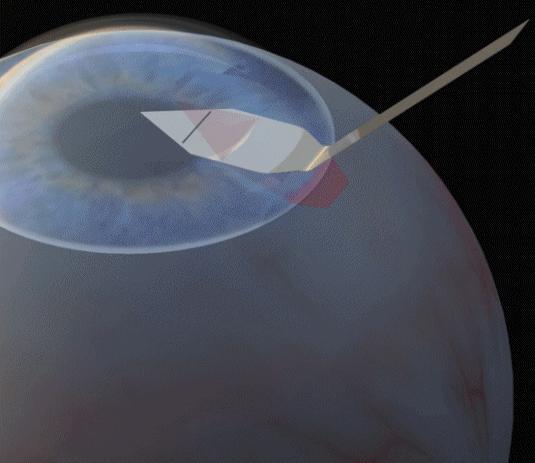 CAD Simulation. You can see
these improvements over the typical keratome in action
in this computer animated rendering.
CAD Simulation. You can see
these improvements over the typical keratome in action
in this computer animated rendering.
- Keratome
- A surgical instrument used for making an incision in the cornea in cataract operations (Merriam-Webster); in other words, a scalpel for the cornea.
Questions? Comments? Contact us at 


